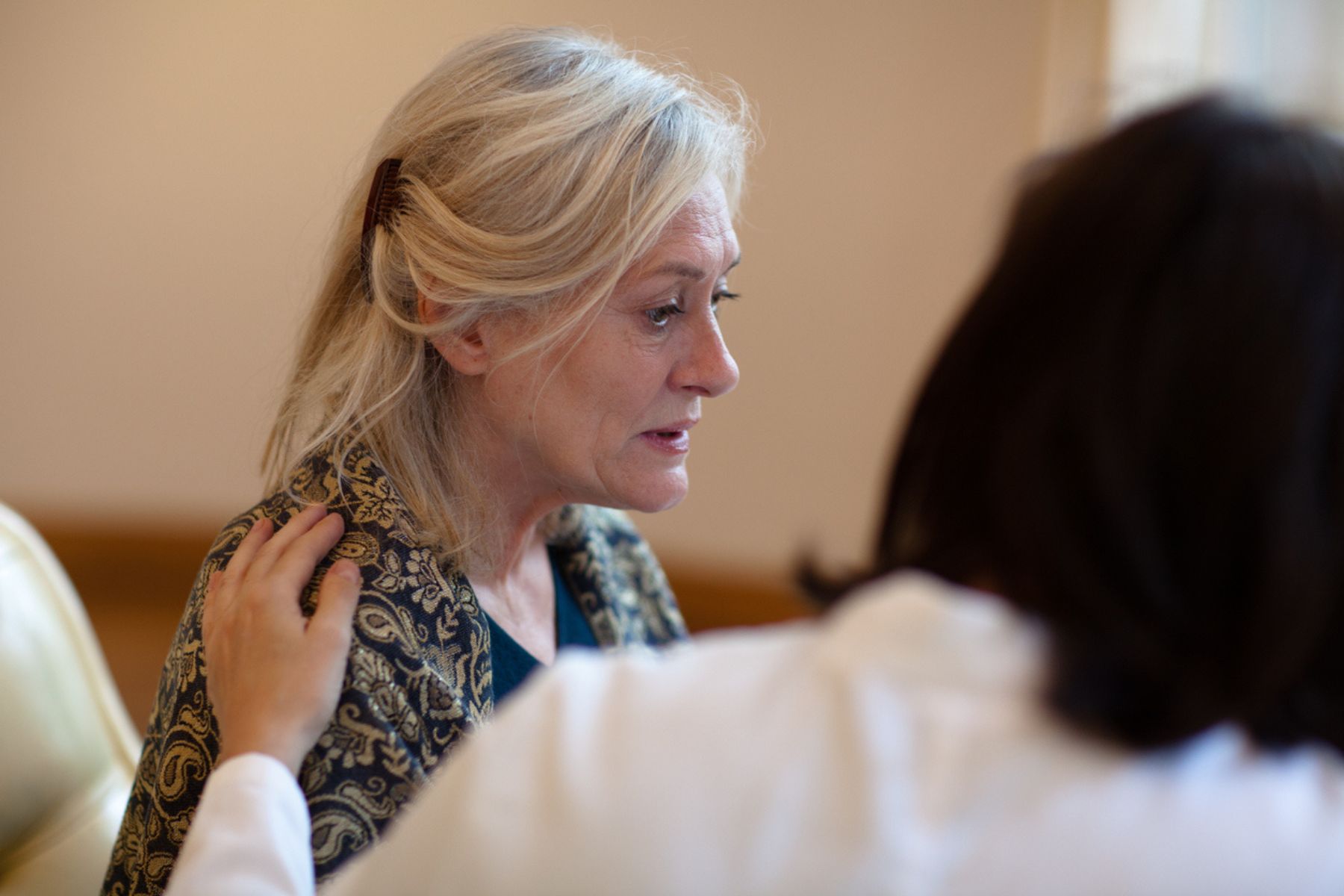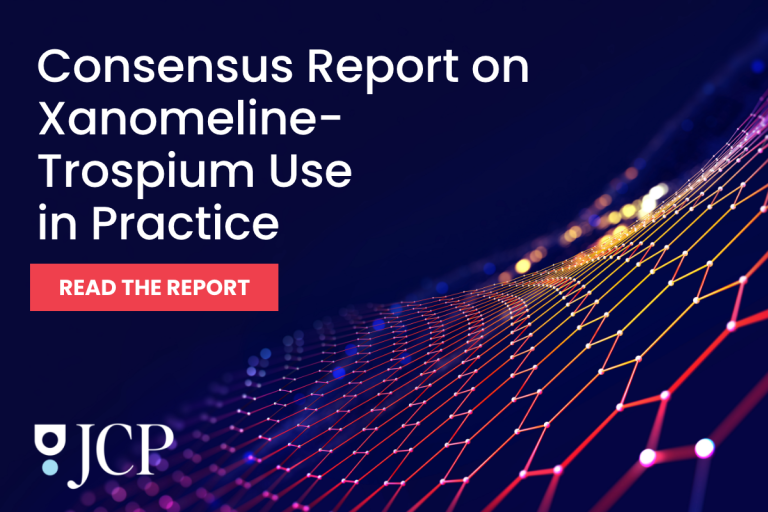Postpartum psychosis (PP) has languished for decades in a kind of diagnostic gray area. We recognize it clinically. But the medical community’s never gotten around to blessing it with an official classification.
Now, a global panel of neuroscientists and psychiatrists wants to change that. In a clear call for change in Biological Psychiatry, the group argues that postpartum psychosis deserves formal recognition as a distinct disorder within the bipolar spectrum. They point to its singular timing, biological origin, and treatment response.
The group — representing more than a dozen institutions scattered across North America, Europe, and Asia — reviewed the neurobiology, genetics, and clinical trajectory of PP. And they conclude that today’s diagnostic manuals fail to capture the critical details of a condition that can be as devastating as it is treatable.
A Crisis in Plain Sight
Postpartum psychosis remains rare — affecting roughly one to two out of every thousand births. But it can be deadly.
Despite that, the “Diagnostic and Statistical Manual of Mental Disorders (DSM)” has never listed PP as a standalone condition. Instead, clinicians must diagnose bipolar disorder or brief psychotic disorder “with peripartum onset.” But most PP cases spring up long after delivery. Because of that, the panel argues that this terminological mismatch contributes to misdiagnosis and treatment delays.
“Postpartum psychosis is the most severe perinatal mental health problem, and yet one that is often misdiagnosed and mismanaged, with severe consequences for women, and their children and families,” King’s College London Professor of Neurobiology of Psychosis and co-author Paola Dazzan said in a statement. “A proper nosological classification of this disorder is an essential step towards its correct identification and treatment.”
A Bipolar Signature
The panel’s argument for aligning PP with bipolar disorder relies on multiple lines of evidence. Nearly all women with PP present with mood-related symptoms — mania, mixed states, or psychotic depression — and respond best to treatments standard in bipolar care, such as lithium and electroconvulsive therapy (ECT).
On the other hand, research has uncovered links between antipsychotic monotherapy and higher relapse rates.
Follow-up studies show that about half of women who experience PP later develop bipolar disorder. Almost none of them, however, go on to develop schizophrenia.
Additionally, the data shows that women with bipolar disorder are at much higher risk of PP, with recurrence rates nearing 20% for those with a prior episode – and up to 40% among women with both bipolar I disorder and prior PP.
Hormones, Sleep, and the Immune System
Even in the best of circumstances, the postpartum period is rife with biological turmoil. Dramatic hormonal, immune, and neural shifts reshape the new mother’s body and brain. These fundamental changes, the authors contend, help explain why PP can crop up after childbirth and why pregnancy itself remains (and strangely enough) protective against psychosis.
Multiple studies have implicated several triggers: sleep deprivation, stress, and abrupt hormonal withdrawal. For the already vulnerable women, the immune reboot that follows in the wake of delivery can destabilize cognition and mood even more.
A Distinct Course Demands Distinct Care
The prognosis after prompt treatment remains excellent. Three-quarters of new moms recover completely within a year.
And yet, the cost of missed diagnosis can be devastating — not only for mothers but for families and communities. Suicide remains a leading cause of maternal death, and infanticide, though exceedingly rare, can brings harsh criminal penalties. The authors note that in many jurisdictions, women suffering from PP are prosecuted rather than treated, in part because no formal diagnosis exists to support an insanity defense.
Prevention, they emphasize, remains a possibility. Women with a history of PP or bipolar disorder should receive specialized perinatal psychiatric care, the authors add, including pre-birth planning and early postpartum prophylaxis with lithium, which can dramatically curb the risk of relapse.
A Demand for Diagnostic Reform
The researchers conclude with a set of suggested diagnostic criteria for PP. These would require the onset of mania, mixed state, psychotic depression, or psychotic symptoms within 12 weeks of childbirth, lasting at least one week or any duration if hospitalization is necessary.
The group also recommends the placement of PP within the bipolar disorders chapter of the DSM, while adding cross-references in the psychosis section to further guide clinicians.
“Recognition is not merely semantic,” the authors conclude. “It’s a matter of safety, science, and justice.”
Further Reading
Postpartum Distress Among Women With and Without ADHD



